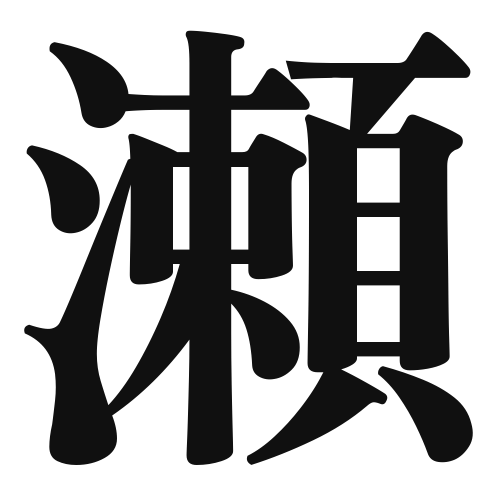1. Overview of Meaning
The kanji “瀬” (se) refers to a shallow part of a river or stream, often characterized by swift currents. It can also imply a place where water flows rapidly, making it a significant term in contexts related to water bodies.
2. Formation and Radical
Formation of the Kanji: The kanji “瀬” is a phonetic-ideographic character (形声文字), which combines the meaning of water (氵) with a phonetic component (塞) that suggests sound. This structure indicates both the element of water and the concept of flow or obstruction.
Radical: The radical of “瀬” is氵, which is the water radical, commonly found in kanji related to water or liquid.
3. Examples of Usage
Common Words and Phrases:
- 瀬戸 (seto) – strait
- 瀬川 (segawa) – a river with rapids
Example Sentences in Daily Conversation:
- この川の瀬はとても速いです。 (Kono kawa no se wa totemo hayai desu.) – The rapids of this river are very fast.
- 瀬を渡るのは危険です。 (Se o wataru no wa kiken desu.) – Crossing the shallow part is dangerous.
4. Synonyms and Antonyms
Similar Kanji:
- 流 (ryū) – flow; refers to the movement of water but does not specifically indicate shallowness.
- 淵 (fuchi) – abyss; refers to a deep part of a body of water, contrasting with the shallowness of “瀬.”
Antonyms:
- 深 (shin) – deep; indicates depth, the opposite of the shallow nature of “瀬.”
5. Cultural and Historical Background
Relation to Japanese Culture: The concept of “瀬” is significant in Japanese culture, especially in poetry and literature, where rivers and their characteristics often symbolize life’s flow and challenges.
Proverbs and Idioms:
- 「瀬を渡る」 (se o wataru) – to cross the rapids; used metaphorically to describe overcoming difficulties.
